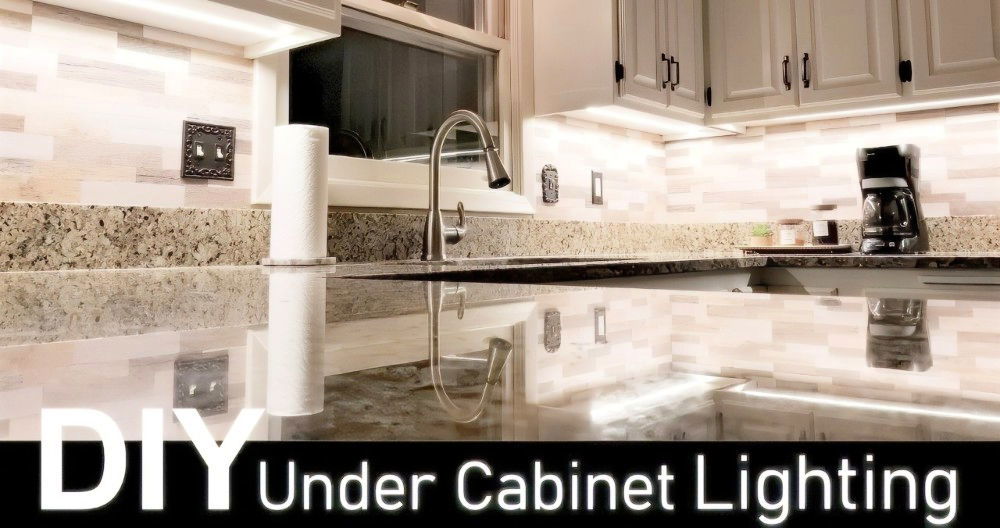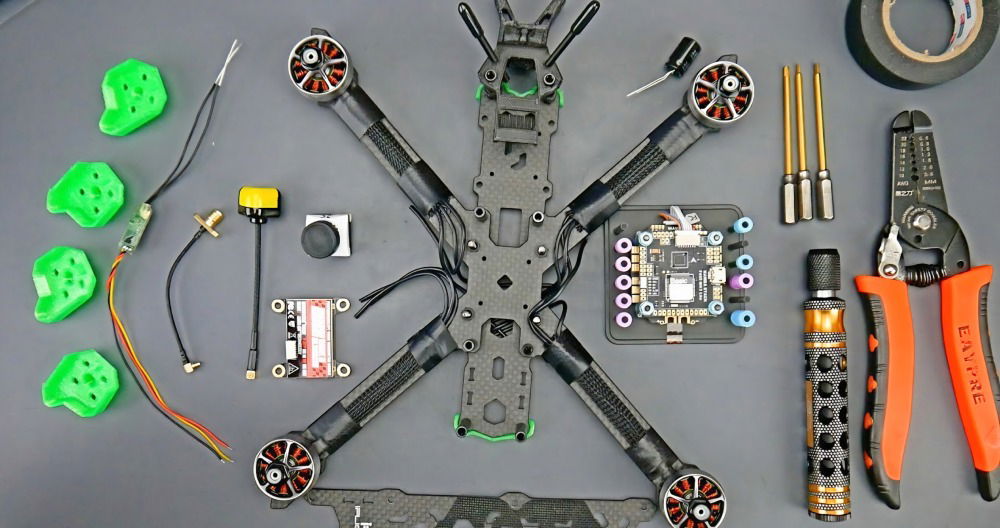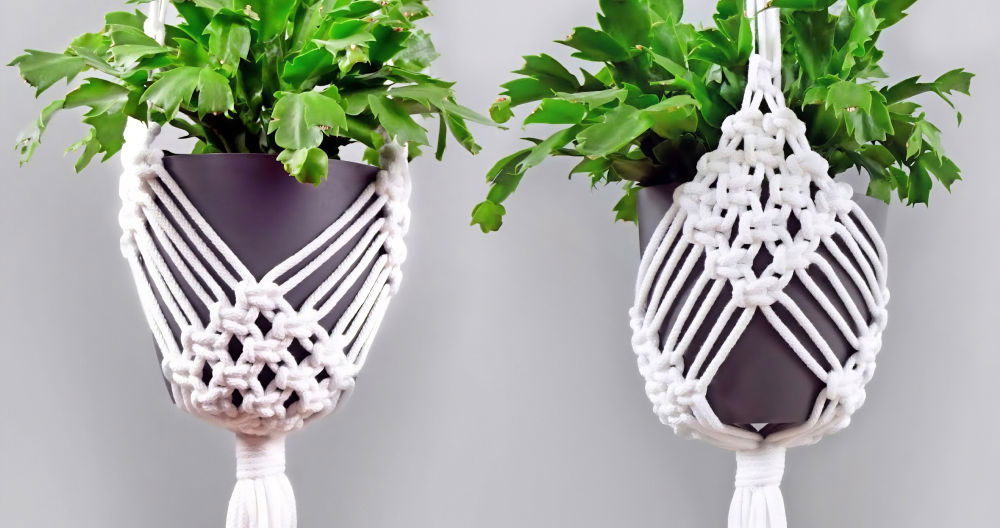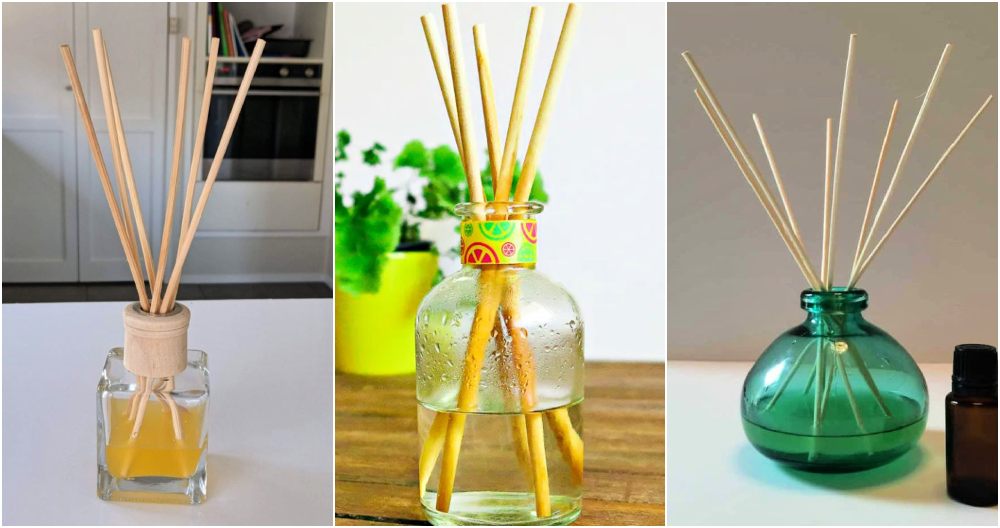Creating a luxurious atmosphere in your home doesn't always require a hefty budget. Often, it's about making smart choices, especially with lighting, to create a sense of elegance and warmth. Lighting is a powerful tool in home decor, capable of transforming spaces dramatically. Here are seven affordable home lighting ideas that can give your space an expensive and refined look without breaking the bank.
1. Layer Your Lighting
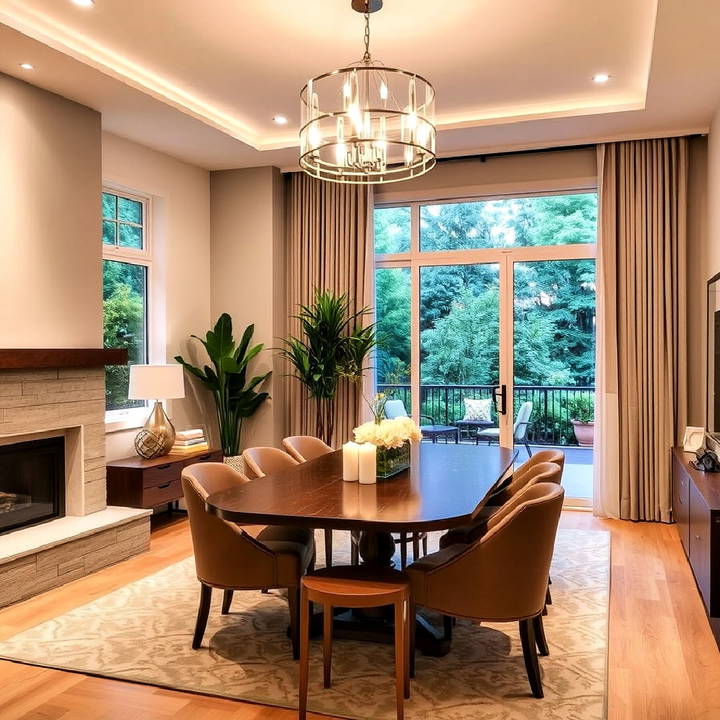
Layering is one of the most effective lighting strategies to make a room look sophisticated. This involves combining different types of lighting: ambient, task, and accent lighting.
- Ambient Lighting: This is the general lighting of a room, usually provided by ceiling fixtures, chandeliers, or track lighting. It should be soft and spread evenly to create a welcoming environment.
- Task Lighting: Think of desk lamps, under-cabinet kitchen lights, or reading lamps. These lights focus on specific areas where you need extra brightness for activities like reading or cooking.
- Accent Lighting: This type is used to highlight specific features like artwork, plants, or architectural elements. Use spotlights, LED strips, or picture lights to draw attention and add a luxurious touch.
Layering these three types can add depth and richness to any space. For example, a combination of a dimmable chandelier for ambient lighting, under-cabinet LEDs for tasks, and strategically placed sconces or spotlights for accents can elevate the whole room's vibe.
2. Use Dimmers for Flexibility and Control
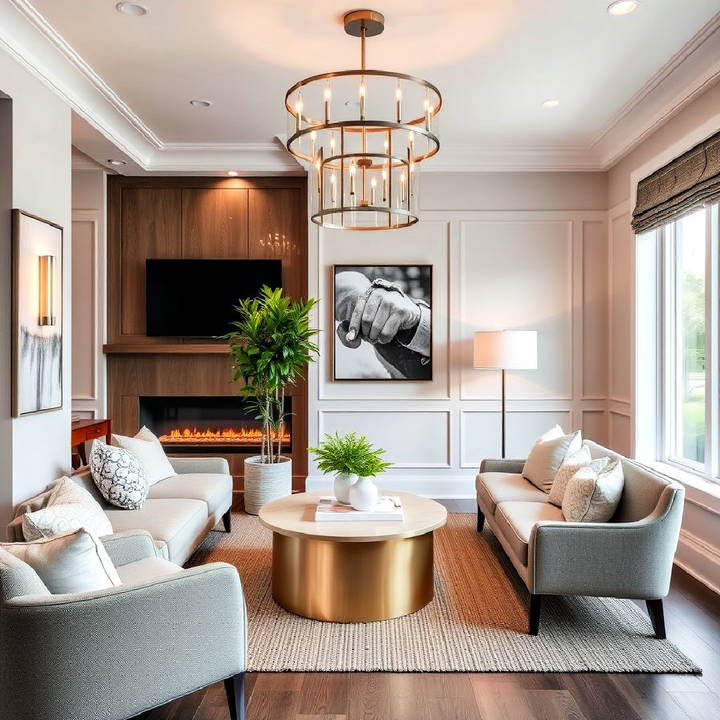
Dimmers are an underrated yet incredibly effective way to create a high-end atmosphere. They allow you to control the intensity of the light, making it possible to set different moods at different times of the day. For example, bright lighting might be ideal for cleaning or cooking, but dim, soft lighting is better suited for a cozy dinner or a relaxing evening.
Installing dimmer switches is relatively inexpensive and can be done as a DIY project. Remember to use compatible bulbs, such as dimmable LEDs, to ensure smooth operation. Dimmers work particularly well in living rooms, dining rooms, and bedrooms, where lighting needs vary throughout the day.
3. Choose Warm Light Bulbs for a Cozy, Upscale Feel
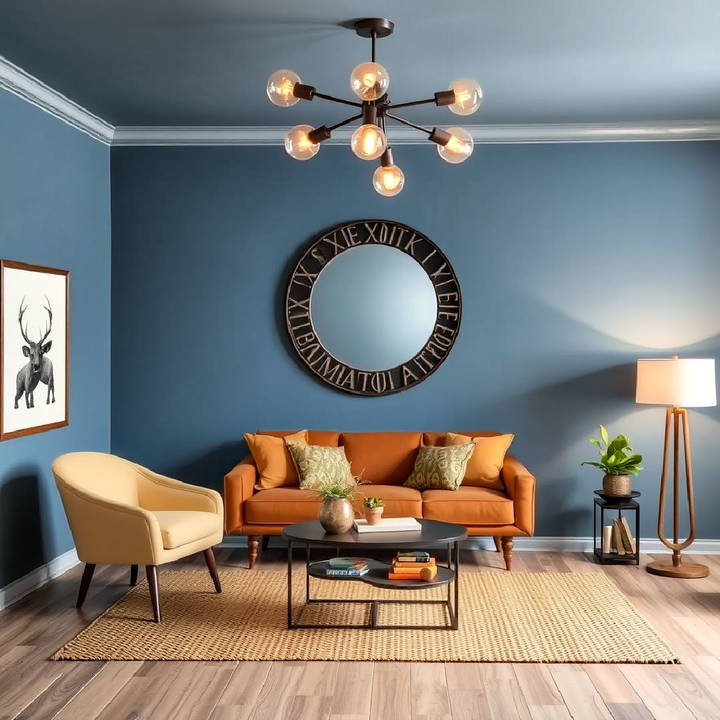
The color temperature of your bulbs can significantly affect the ambiance of a room. Warm lights (around 2700K to 3000K) provide a soft, yellowish glow that mimics the warmth of natural sunlight, giving the space a more inviting and expensive feel. On the other hand, cooler lights (4000K and above) tend to feel harsh and clinical, which can make a room seem less cozy and luxurious.
When selecting bulbs, consider using LED lights that offer a warm color temperature. LEDs are energy-efficient and available in a variety of styles, including Edison bulbs, which can add a vintage, high-end aesthetic to any space. Moreover, maintaining consistency in color temperature throughout connected spaces ensures a cohesive and polished look.
4. Embrace Backlighting for a Subtle Glow
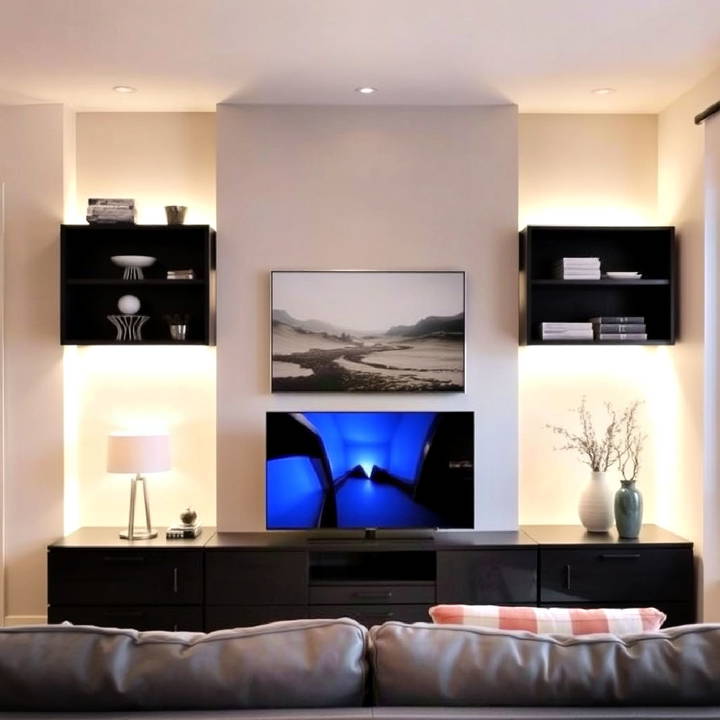
Backlighting is a popular trend that adds a soft, sophisticated glow to specific areas of a room. It involves placing lights behind objects, like mirrors, televisions, or shelving, to create a halo effect. This not only enhances the features but also adds depth and dimension to the room.
For instance, backlit mirrors in bathrooms can make the space feel like a luxurious spa, while backlit shelves in the living room can highlight your favorite decor pieces. LED strips are an affordable option for this effect and are easy to install yourself. They are flexible, come in different colors, and some are even remote-controlled, allowing you to change the lighting effect with ease.
5. Highlight Architectural Features with Spotlights
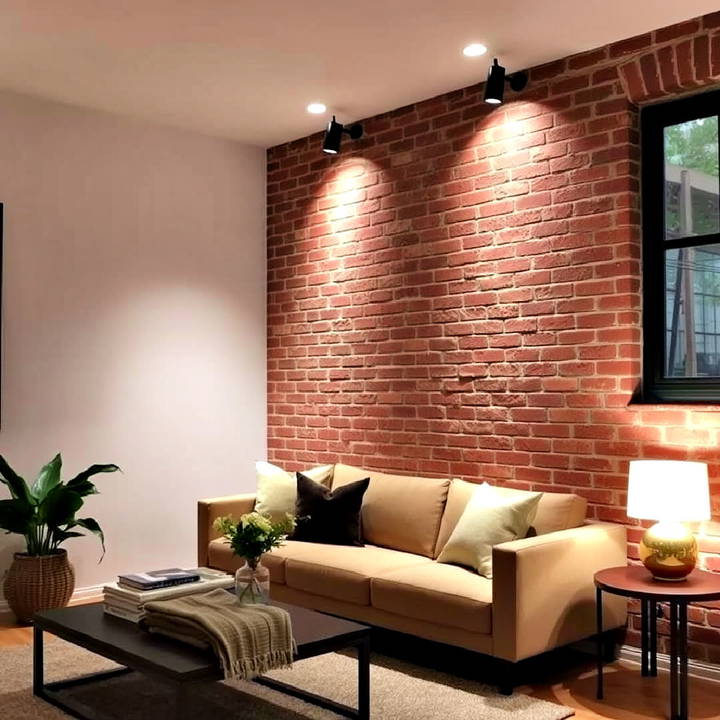
If you have beautiful architectural features like exposed brick walls, textured ceilings, or unique moldings, highlighting them with spotlights can add a touch of sophistication. Spotlights direct attention and add drama to specific elements, creating a focal point in the room.
Consider using adjustable spotlights or track lighting, which allows you to position lights precisely where you want them. This way, you can emphasize textures and details that might otherwise go unnoticed, giving the room an art gallery-like appearance.
6. Incorporate Statement Lighting Fixtures
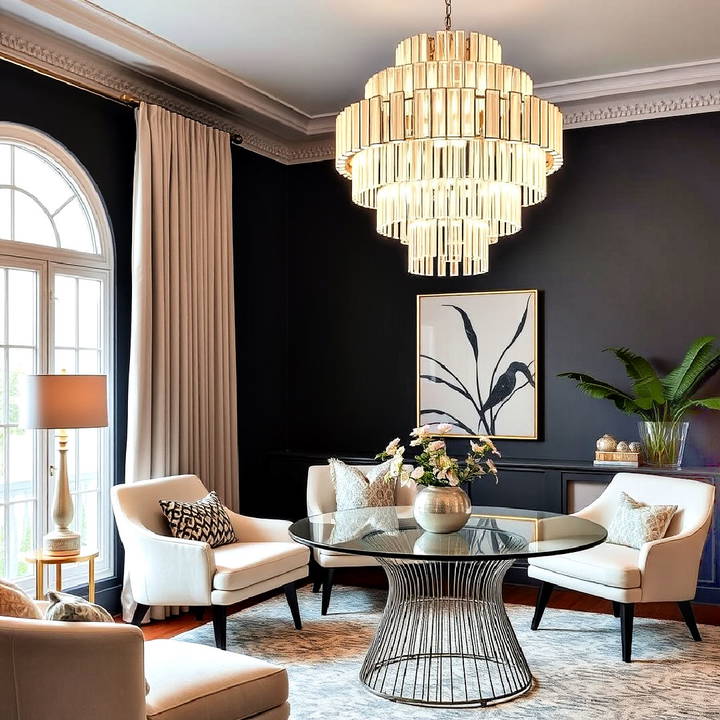
A statement lighting fixture can serve as the 'jewelry' of your room. It’s an eye-catching piece that can define the style of your space. Think oversized chandeliers, unique pendant lights, or sculptural floor lamps. Such fixtures not only provide light but also act as a piece of art or a focal point in the room.
While these pieces can be expensive, you don't necessarily need to break the bank to get that wow factor. Look for affordable options at local thrift stores, online marketplaces, or even DIY some elements to create a custom piece. The key is to choose a fixture that complements the room’s design and adds a layer of personality.
7. Mix and Match Lighting Styles Thoughtfully
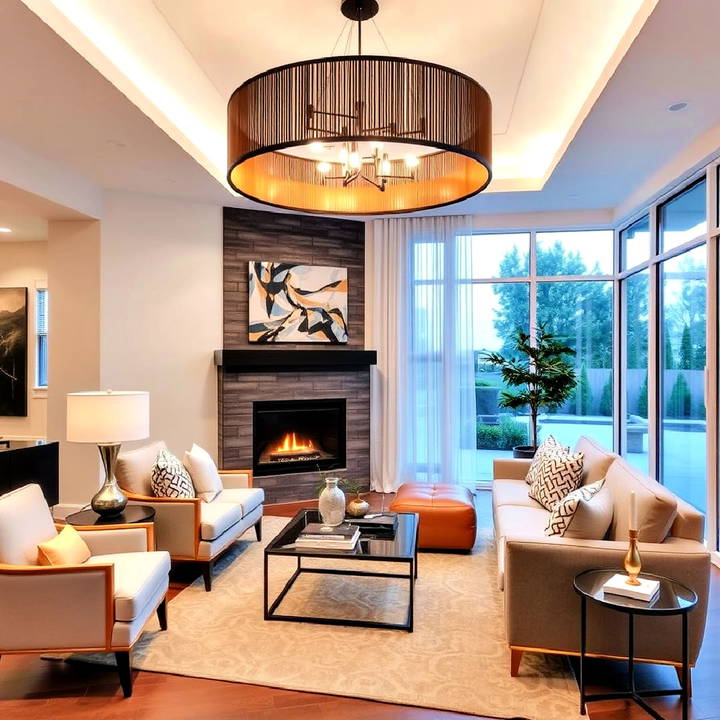
While it’s fun to mix different lighting styles, it’s crucial to ensure they complement each other to avoid visual chaos. If you have a modern chandelier in the living room, consider choosing pendant lights or sconces in a similar style or finish for adjoining areas. This doesn’t mean every light fixture has to match exactly, but they should share a common theme—whether it's shape, material, or color.
For example, you could pair a black iron chandelier with wall sconces that have a similar iron finish but perhaps incorporate glass or fabric to create texture and variety. This thoughtful cohesion creates a more harmonious and expensive-looking environment.
Final Thoughts
Lighting plays a pivotal role in the overall look and feel of your home. By layering different types of lighting, using dimmers, selecting the right bulbs, and thoughtfully choosing fixtures that complement each other, you can create a luxurious and expensive look without the high price tag. Remember, the magic lies in the details—whether it’s a statement chandelier, the warm glow from an LED strip, or the drama from a spotlight. With these affordable lighting ideas, you can transform your home into a sophisticated sanctuary that feels both comfortable and elegant.
FAQ: Lighting Design for an Expensive Home Look
This FAQ section addresses common questions about home lighting design that can elevate the look and feel of your space.
If your lighting fixtures have mismatched color temperatures (e.g., some lights are warm and others are cool), it can disrupt the cohesiveness of your space. To fix this:
Identify the Problem Fixtures: Determine which lights are creating the inconsistency. Often, lighting from different manufacturers or types (LED vs. incandescent) can differ slightly in tone even if they claim the same color temperature.
Replace Bulbs to Match Temperatures: Choose bulbs with a similar color temperature. Aim for a consistent warmth (2700K to 3000K) or a neutral white (around 3500K) for connected spaces.
Use Smart Bulbs for Flexibility: Smart bulbs often allow you to adjust the color temperature and brightness, providing a versatile solution to ensure consistency.
To avoid a chaotic mix of lighting styles, it’s essential that fixtures "speak" to each other:
Choose a Unifying Element: Whether it’s the finish (e.g., black iron, brass), shape (round, geometric), or style (modern, vintage), keep a consistent element across your fixtures.
Consider the Visibility of Fixtures Together: In open-concept spaces where several light fixtures are visible at once, ensure they share a common theme. This helps in creating a cohesive and polished look.
Mix Styles Mindfully: If you want to mix styles, do so thoughtfully by choosing fixtures that have complementary shapes or materials. For instance, combining a modern chandelier with minimalist sconces can still look cohesive.
Backlighting adds a subtle, upscale glow to your home. Here’s how to use it effectively:
Backlit Mirrors: Ideal for bathrooms and entryways. These create a luxurious, spa-like feel.
Under-Cabinet Lighting: Use in kitchens to provide both task lighting and a decorative glow. LED strips work well for this purpose and are energy-efficient.
Shelving and Niche Lighting: Add LED strips or spotlights behind shelves or inside wall niches to highlight art pieces or decorative items. This adds depth and a sense of luxury to any room.
Shadows can create drama and depth in a room, adding to the luxurious feel:
Avoid Over-Lighting: It’s a common mistake to fill every corner with light. Instead, allow for some shadows to create contrast and highlight specific areas.
Use Uplighting and Downlighting: These techniques can add texture and create shadows that make architectural elements stand out.
Recessed Lighting for Subtlety: Recessed lights, especially those with a recessed bulb away from the ceiling’s surface, provide diffused light that helps balance shadows.
There isn’t a one-size-fits-all answer, but here are some guidelines:
Small Rooms (Under 100 sq ft): Use a combination of ambient lighting (such as a small chandelier or flush mount light) and task lighting (like bedside lamps or sconces). Accent lighting can be minimal or added with a small spotlight on artwork.
Medium Rooms (100-300 sq ft): Layer your lighting by combining a central fixture (like a statement chandelier), task lighting (such as floor or table lamps), and accent lighting (picture lights or wall sconces).
Large Rooms (Over 300 sq ft): Larger rooms benefit from multiple light sources, including several ceiling fixtures, ample task lighting, and various accent lights to create distinct areas within the space.
If you notice a mismatch even when using the same color temperature bulbs:
Consider the Surrounding Surfaces: Reflective surfaces, like glossy floors or metallic accents, can change the appearance of lighting. Adjusting the placement of these surfaces or choosing different finishes can help.
Check the Bulb Manufacturer: Different brands can have slight variations in how they render colors. Stick to the same manufacturer for all bulbs in a single space.
Adjust the Lighting Layout: Sometimes, repositioning lights or adding diffusers can help distribute light more evenly and reduce the perceived mismatch.
To create a standout "wow" factor with your lighting:
Choose an Over-the-Top Chandelier or Pendant: A large chandelier in the dining room or a unique pendant over a kitchen island can serve as a focal point and conversation starter.
Consider Sculptural or Artistic Lighting: Fixtures that double as art pieces can add both functional lighting and visual intrigue.
Incorporate Unexpected Elements: Consider fixtures with unique materials, like beaded, wooden, or hand-blown glass components, to elevate the aesthetic.



